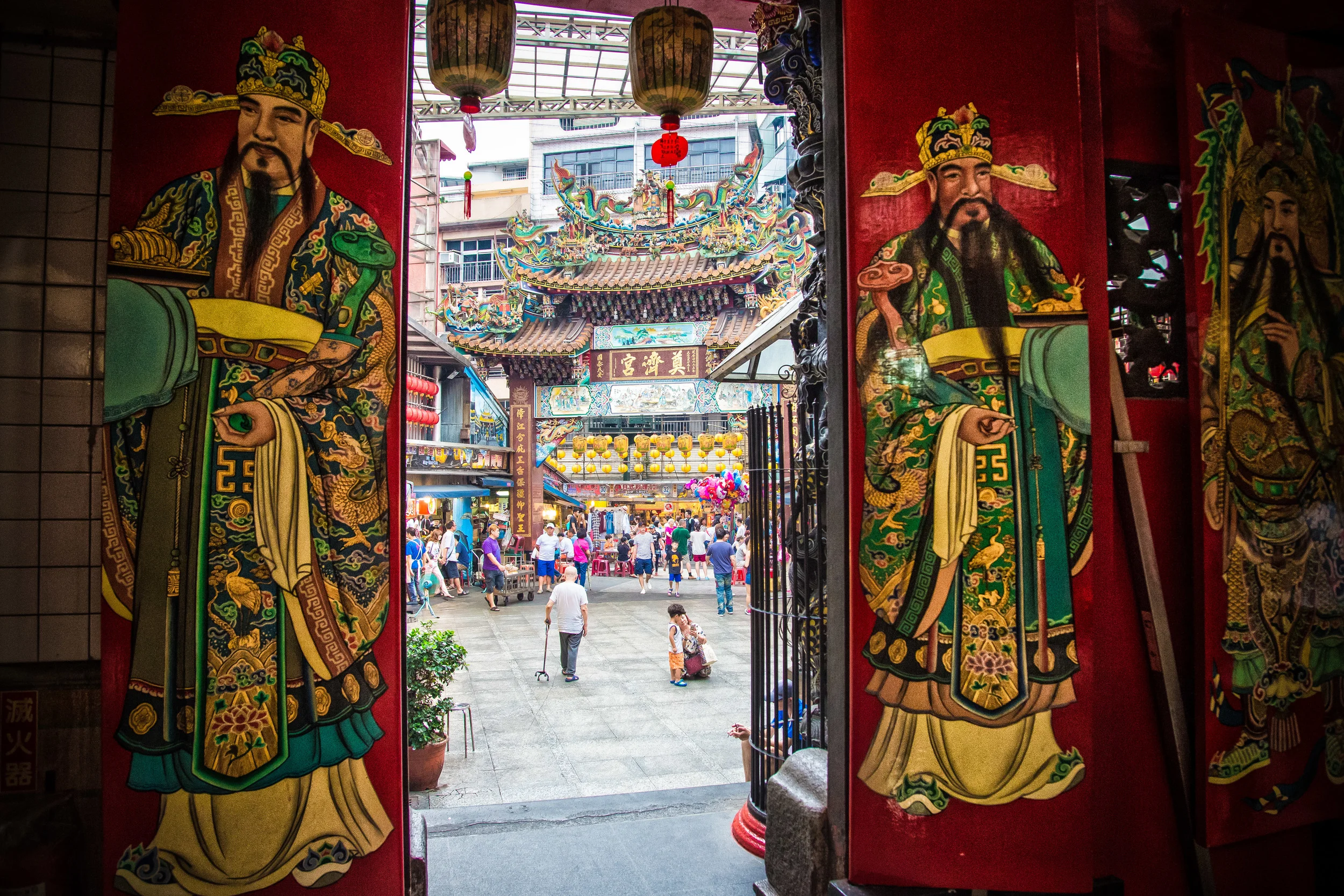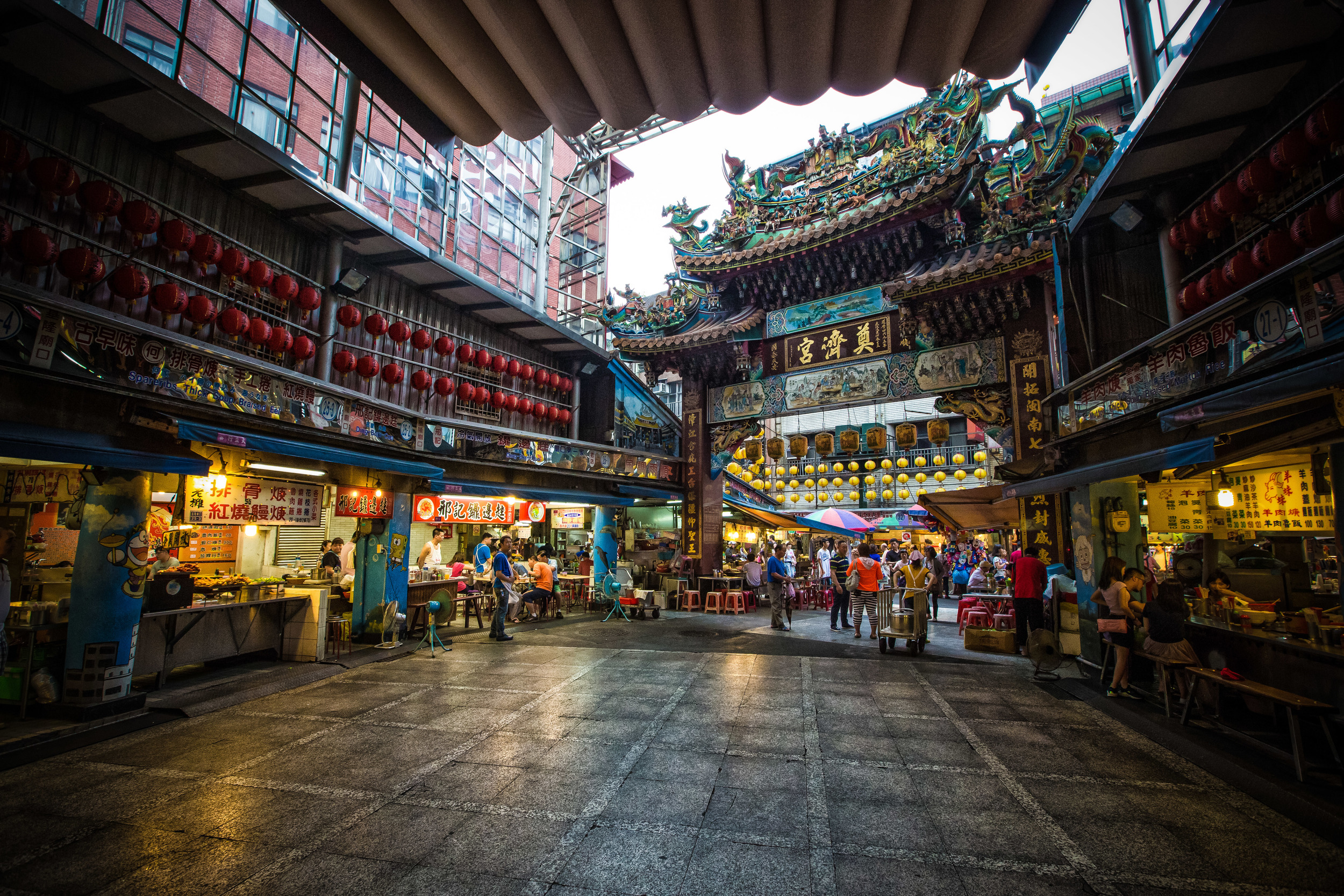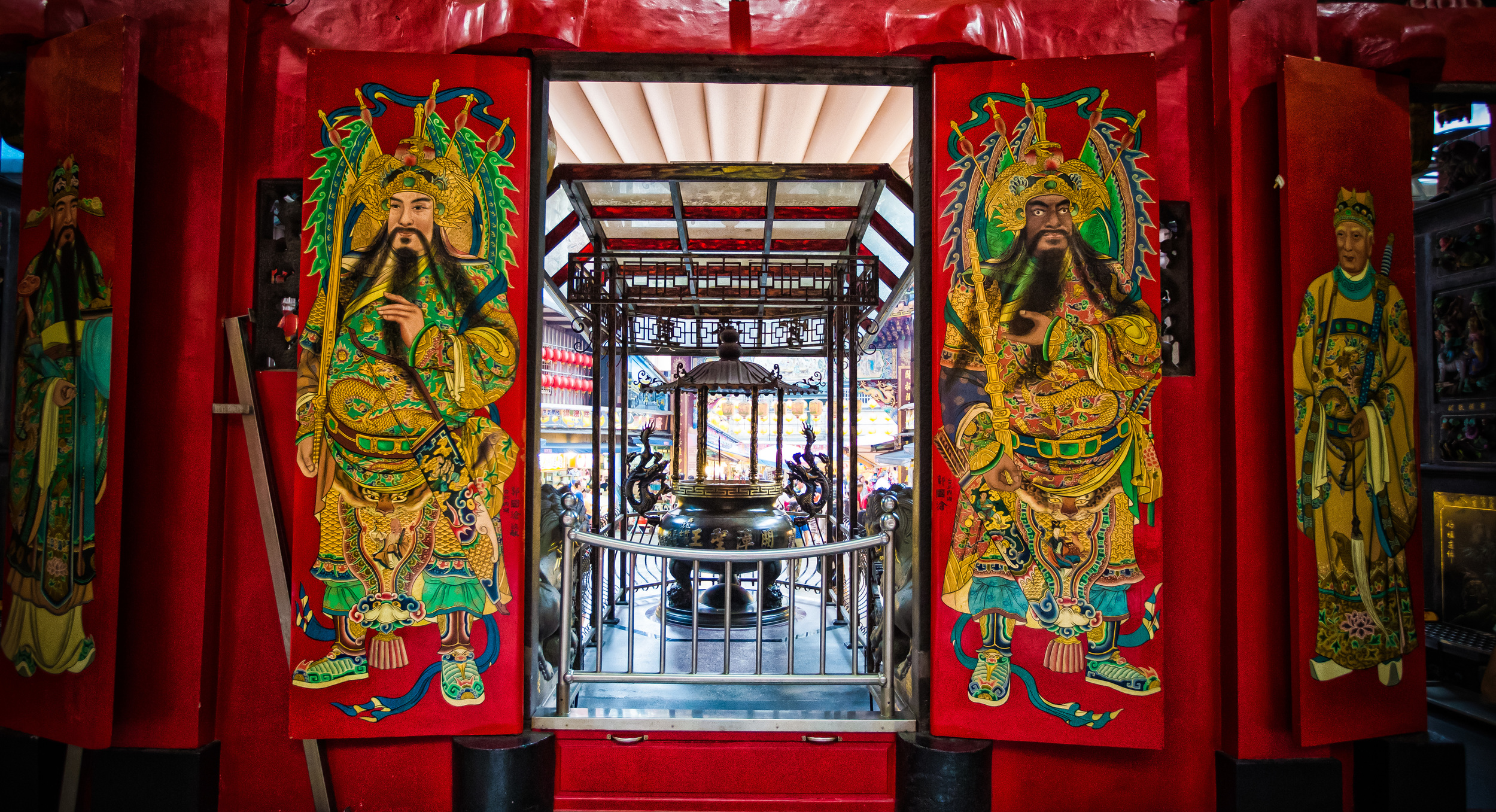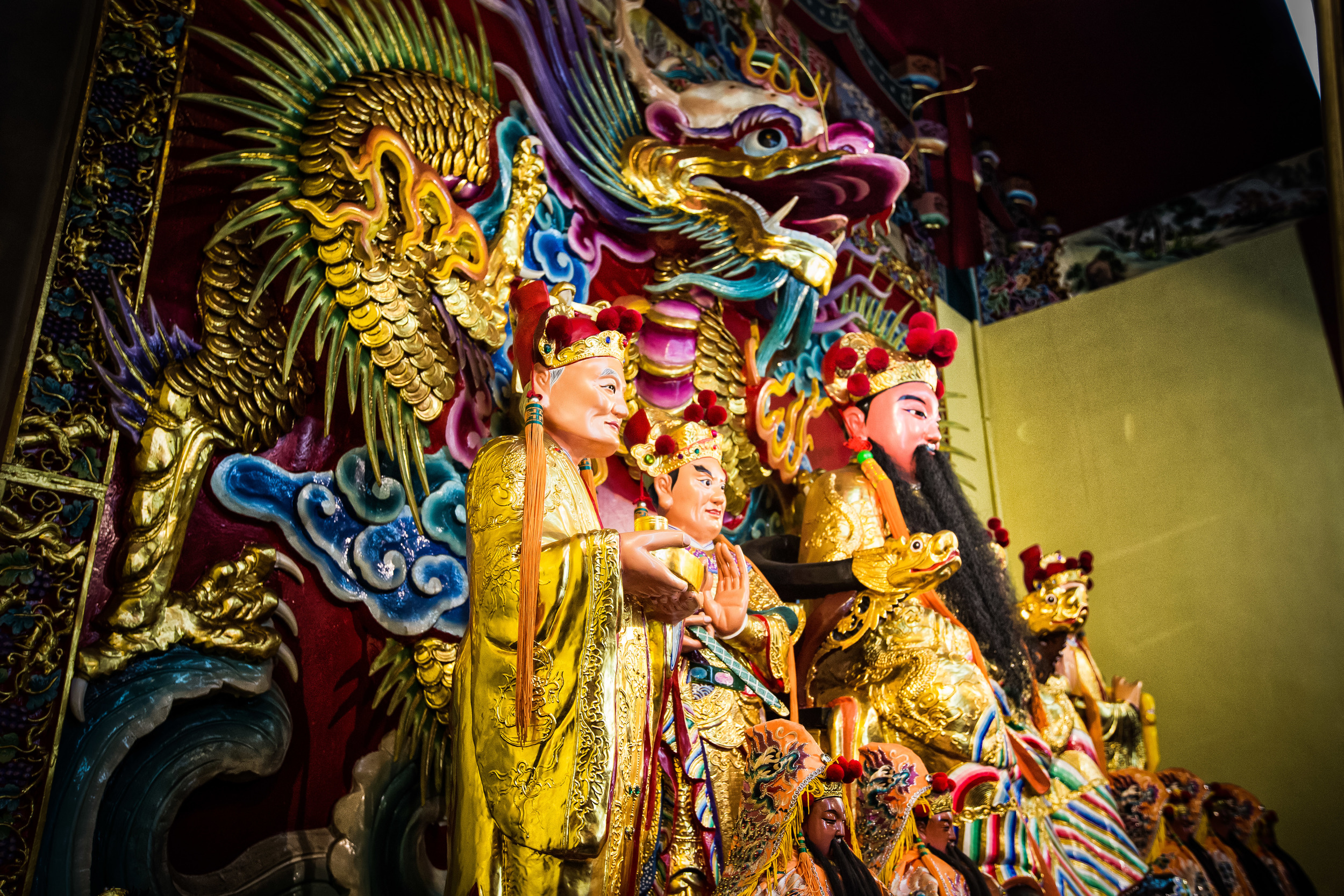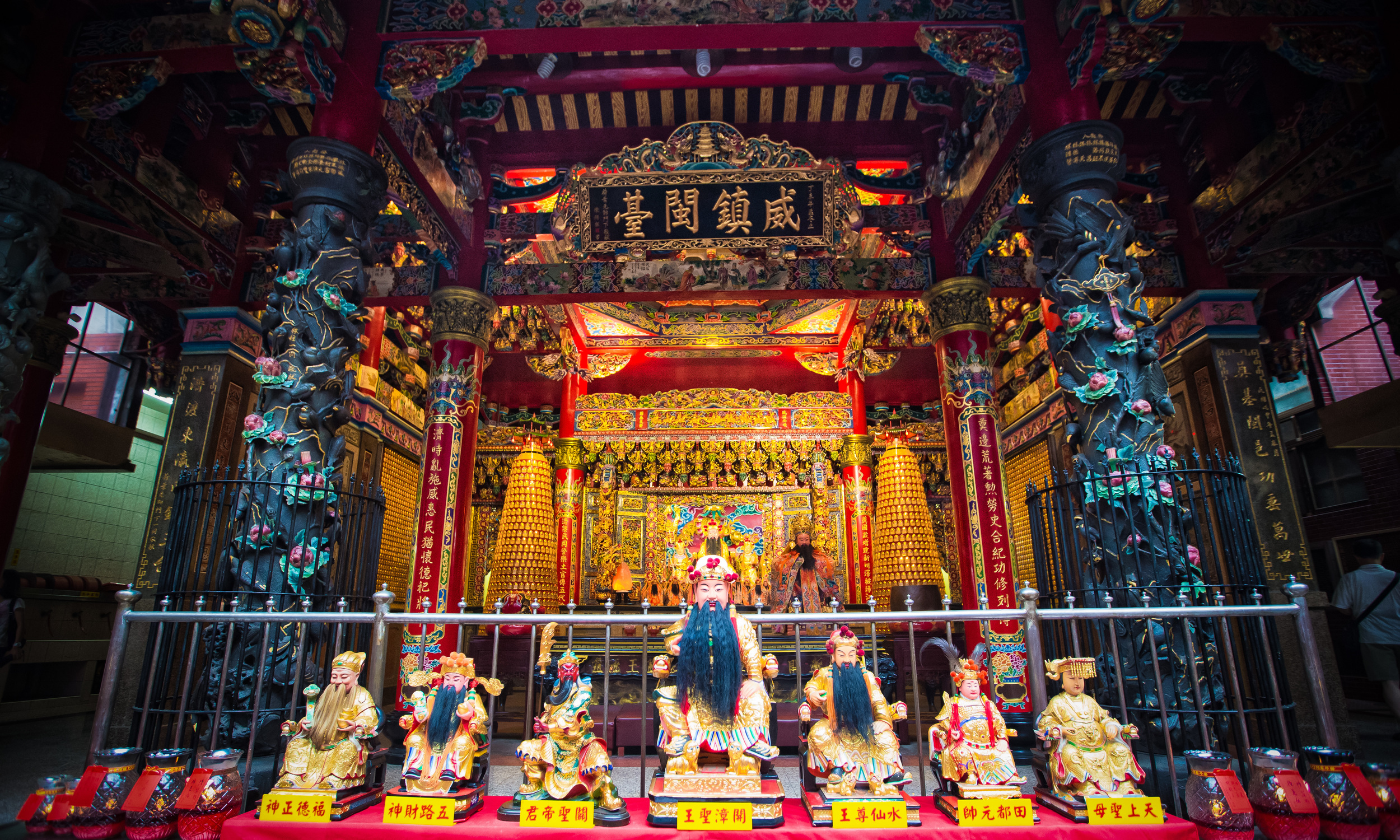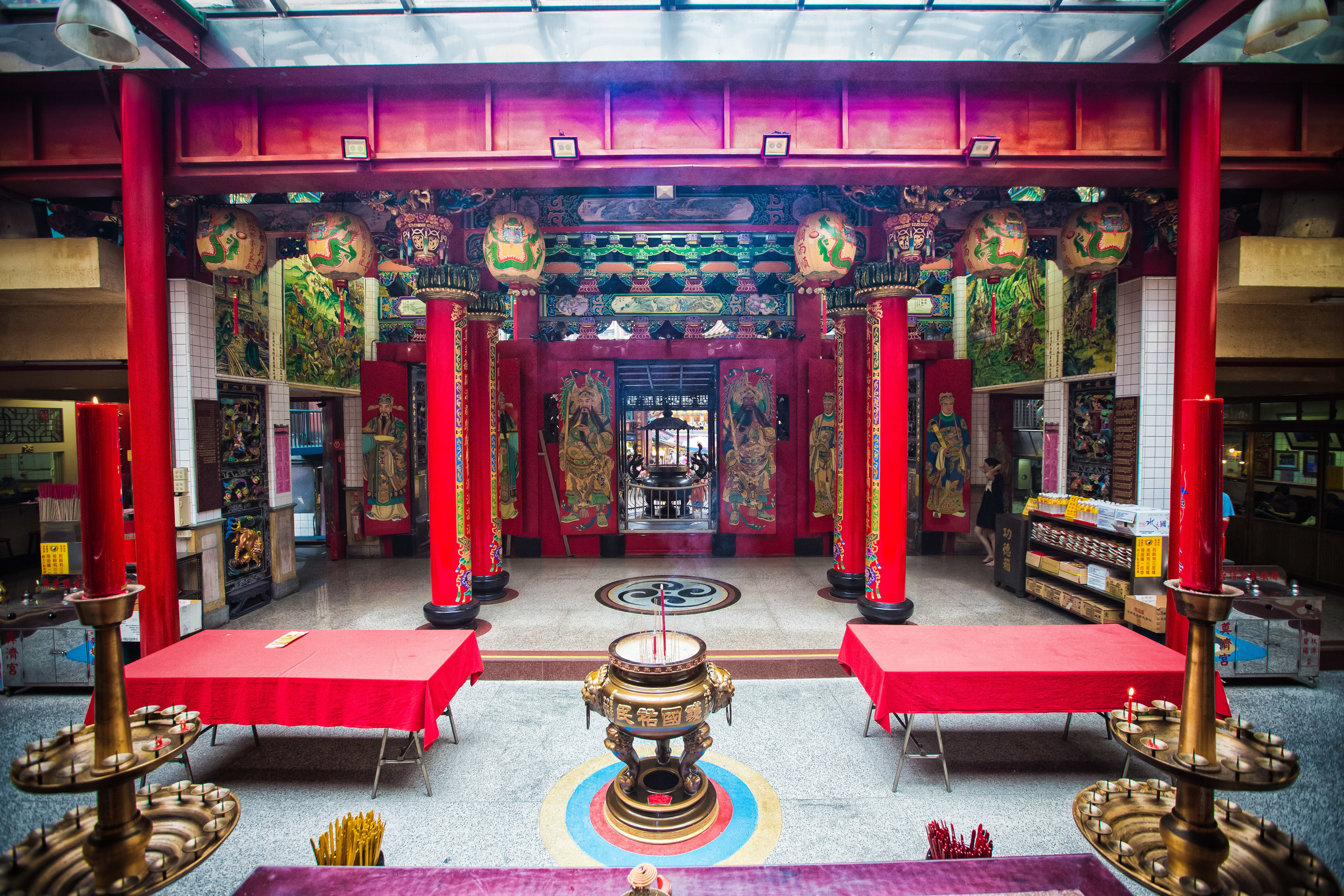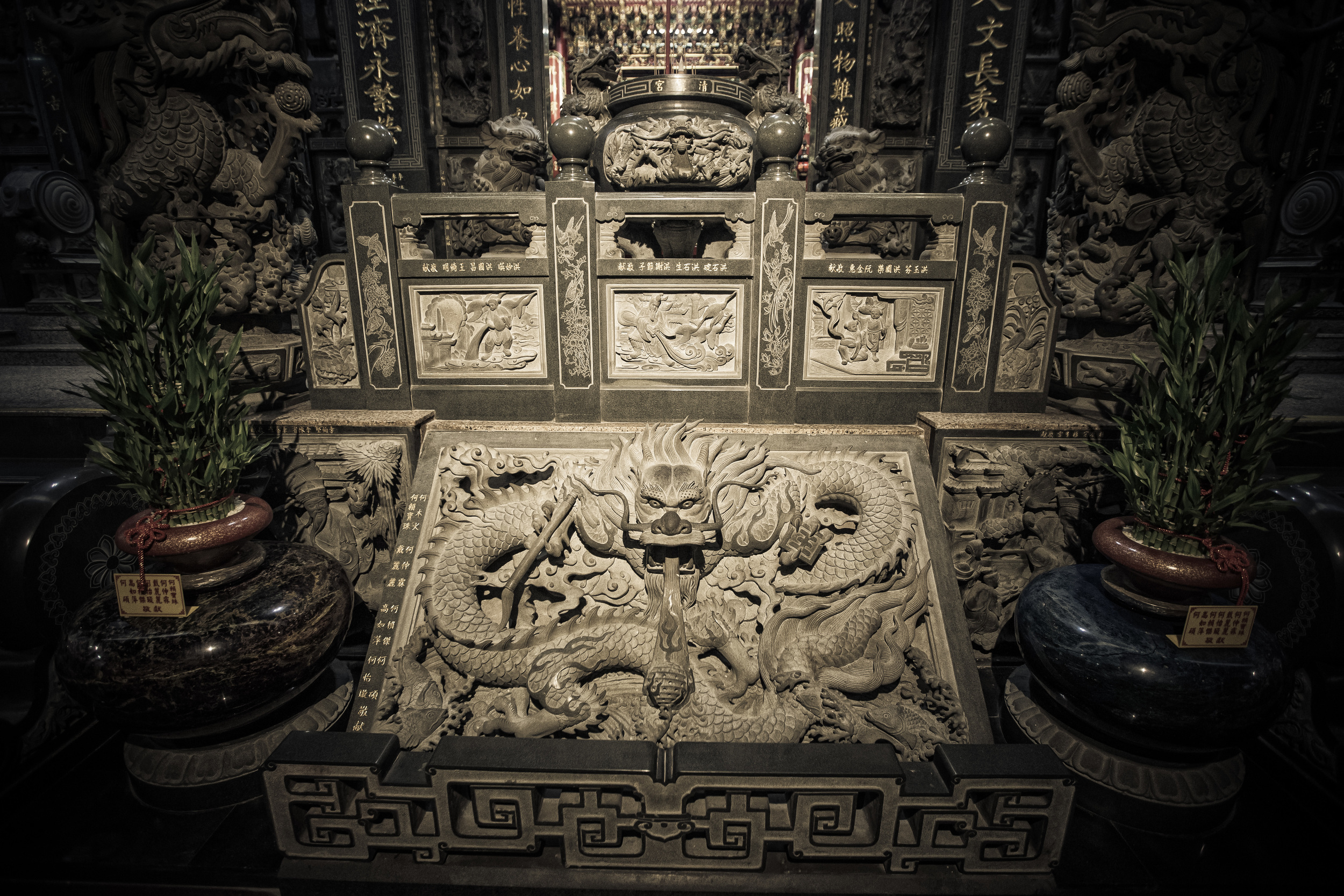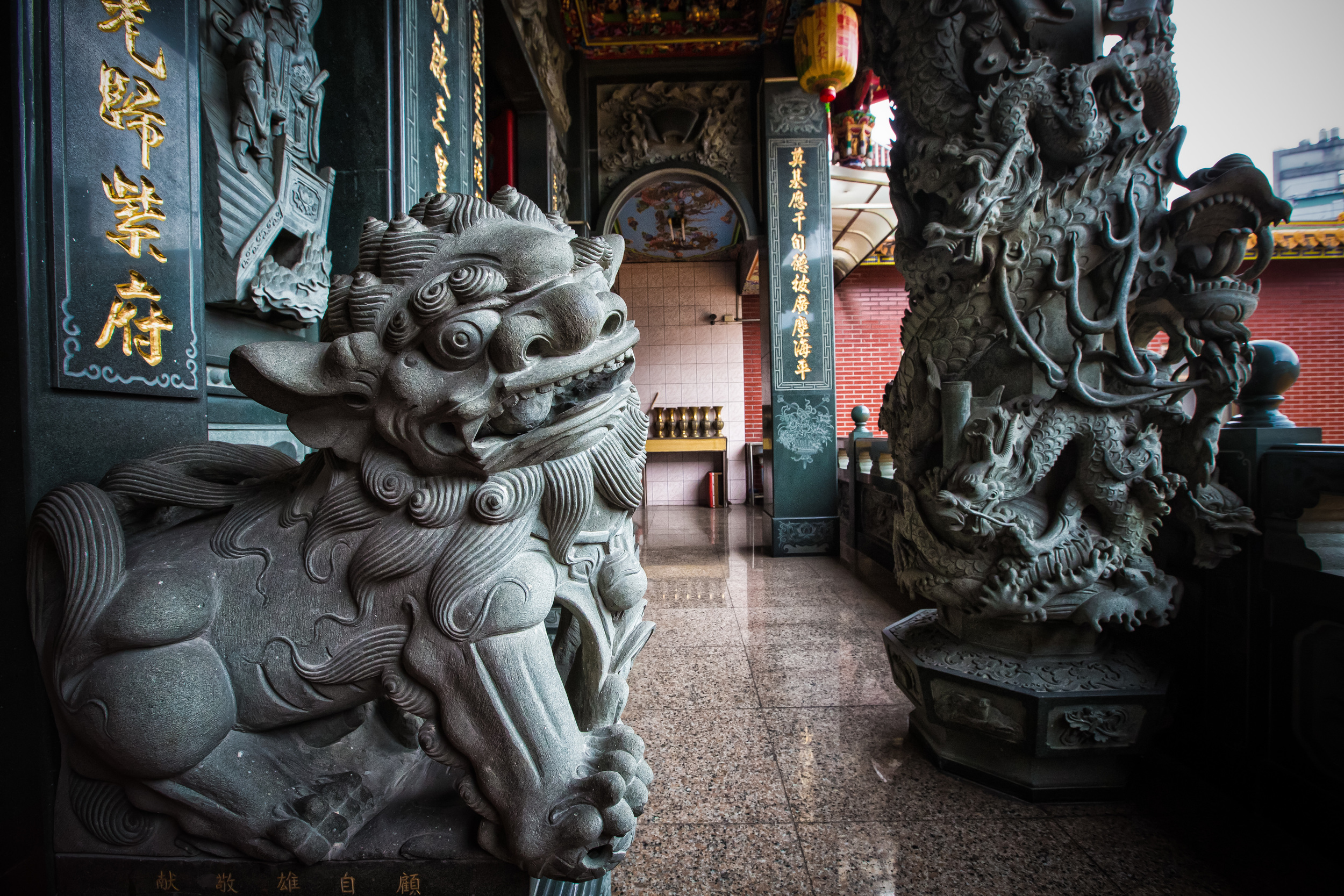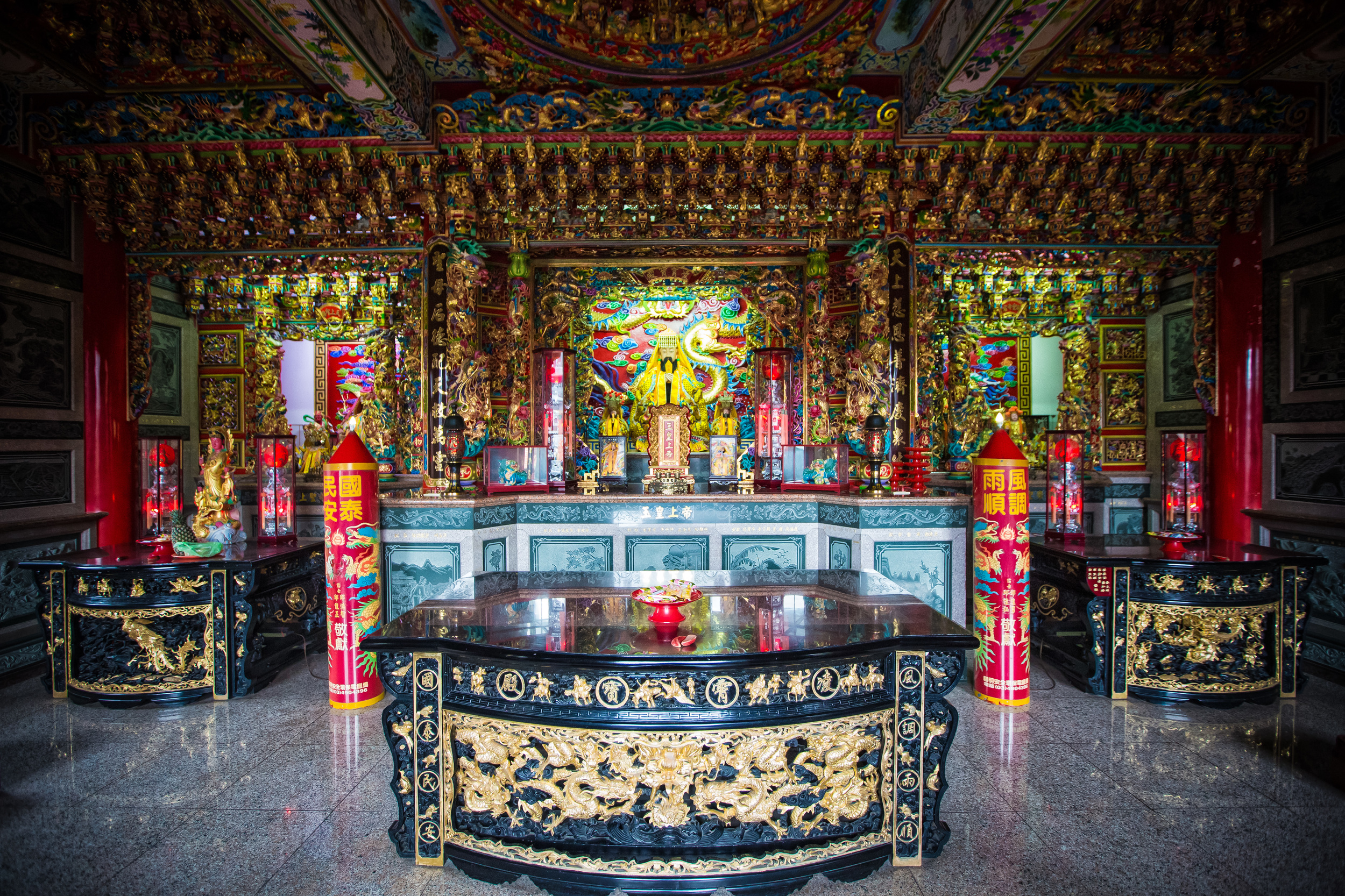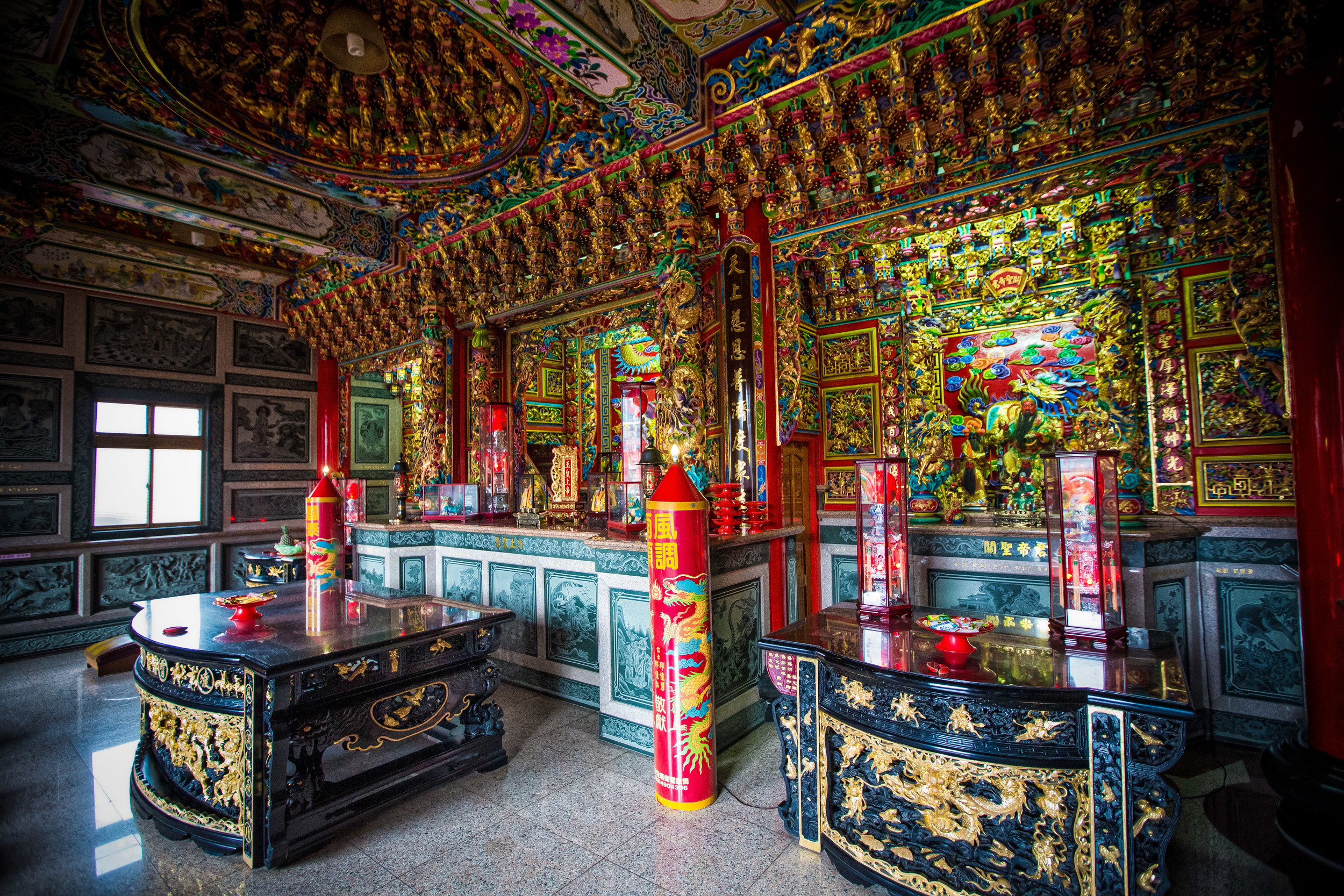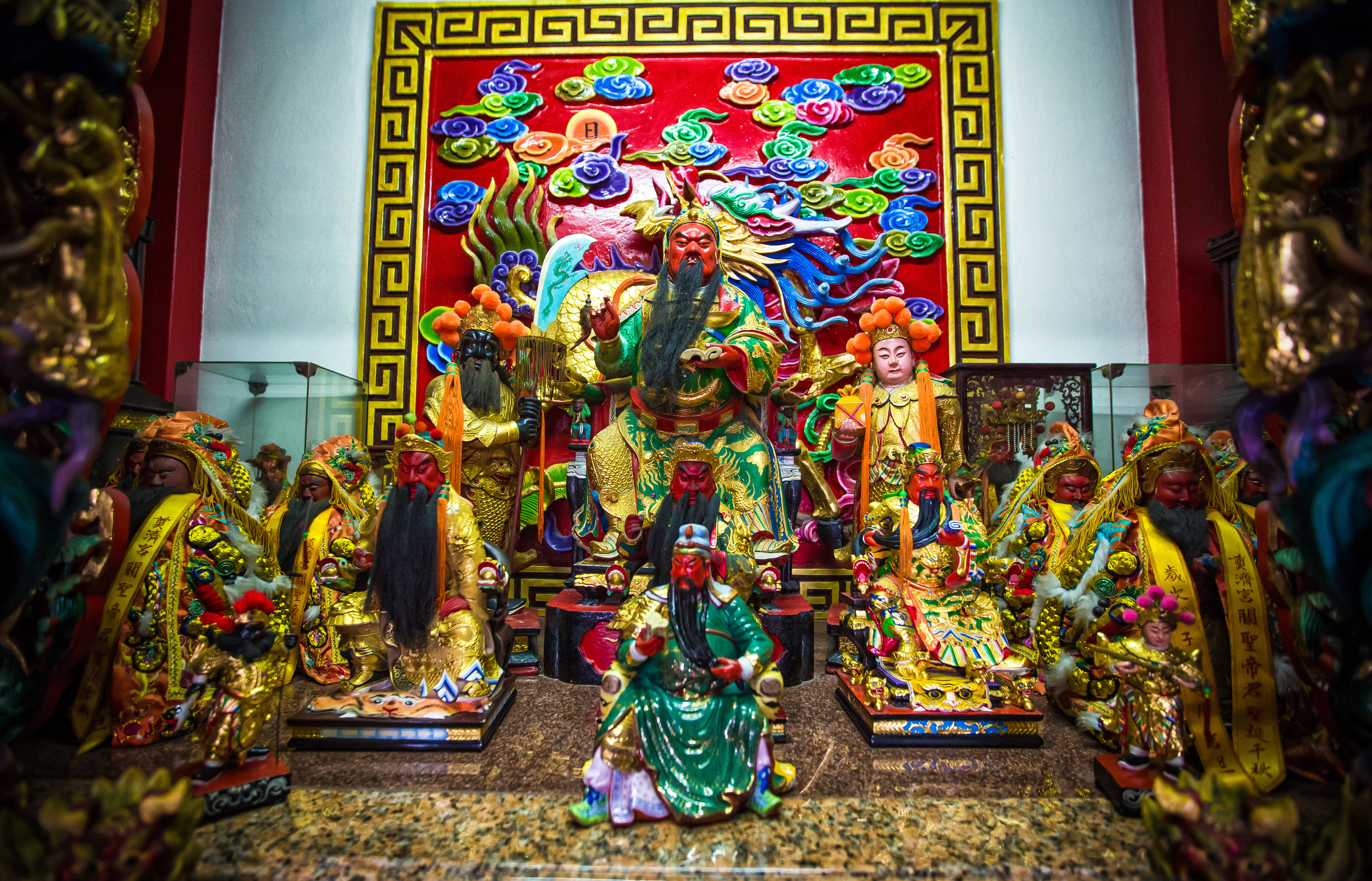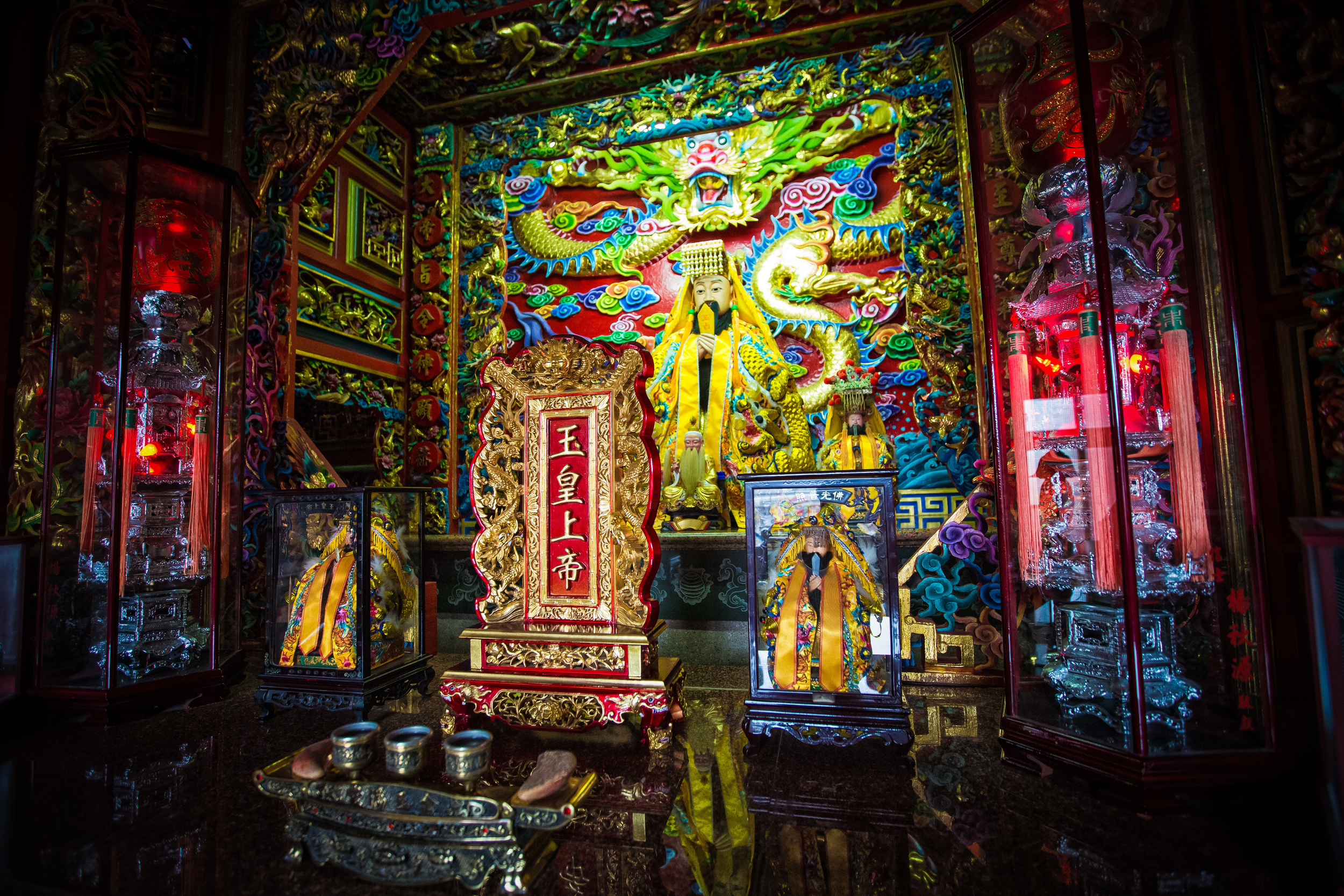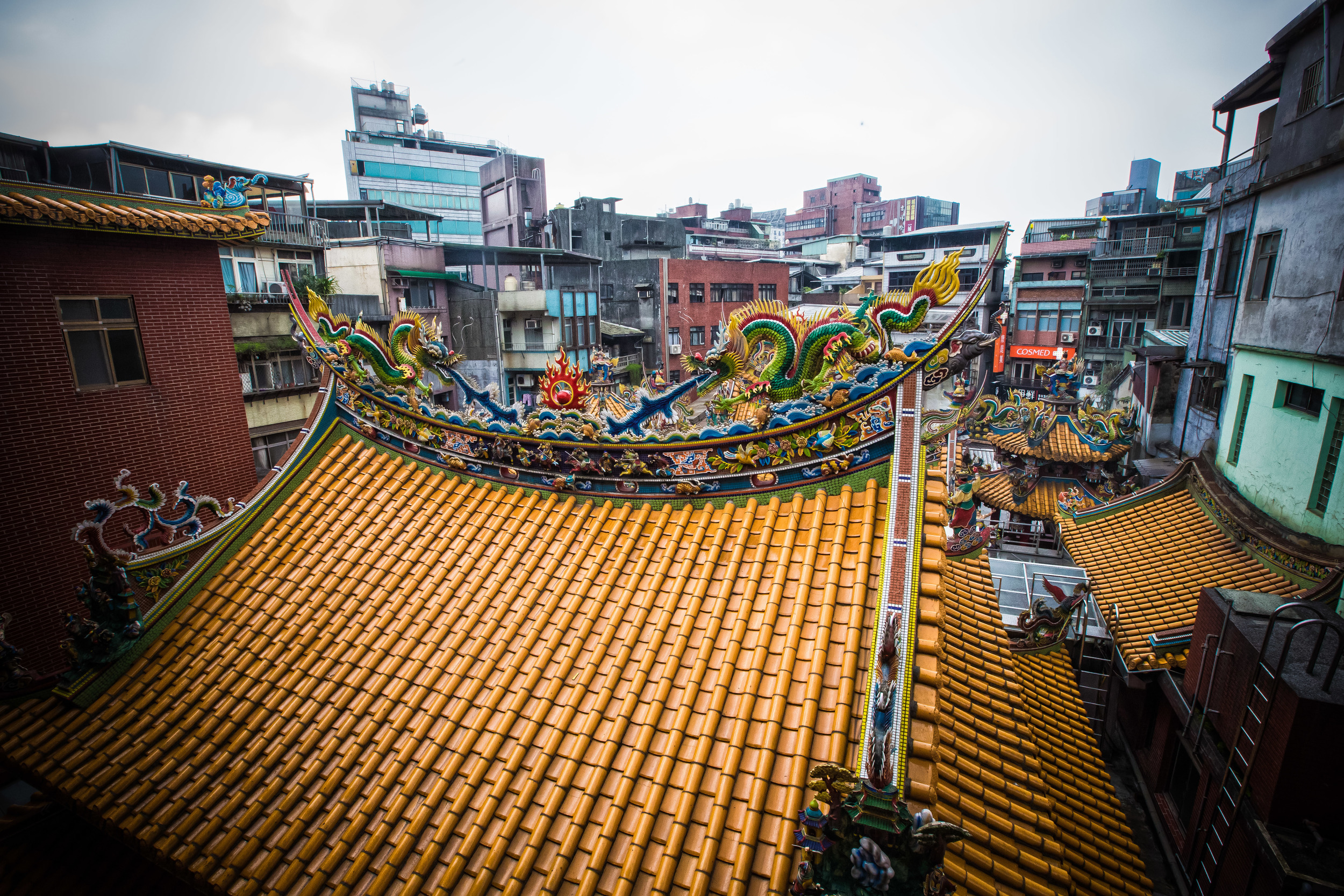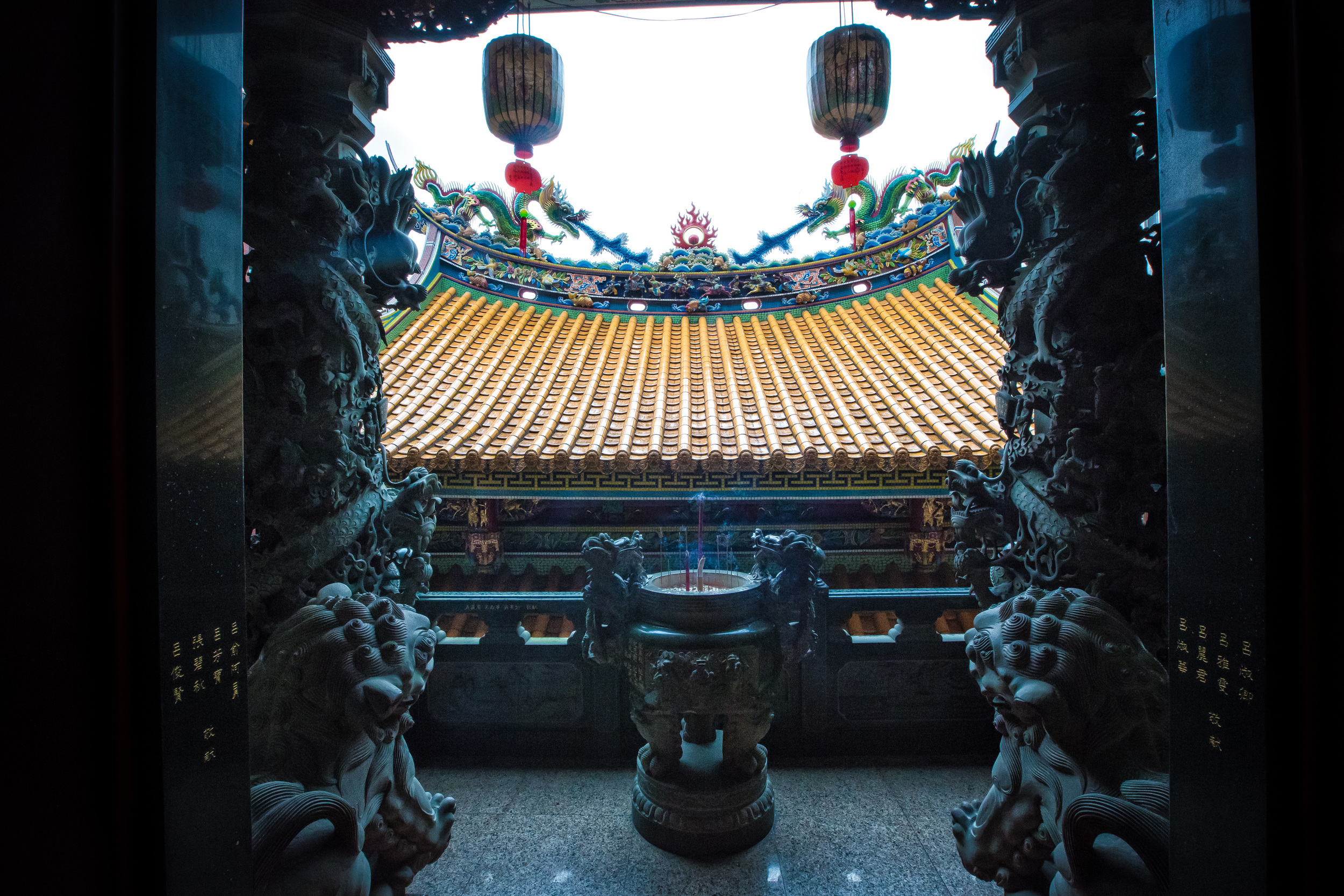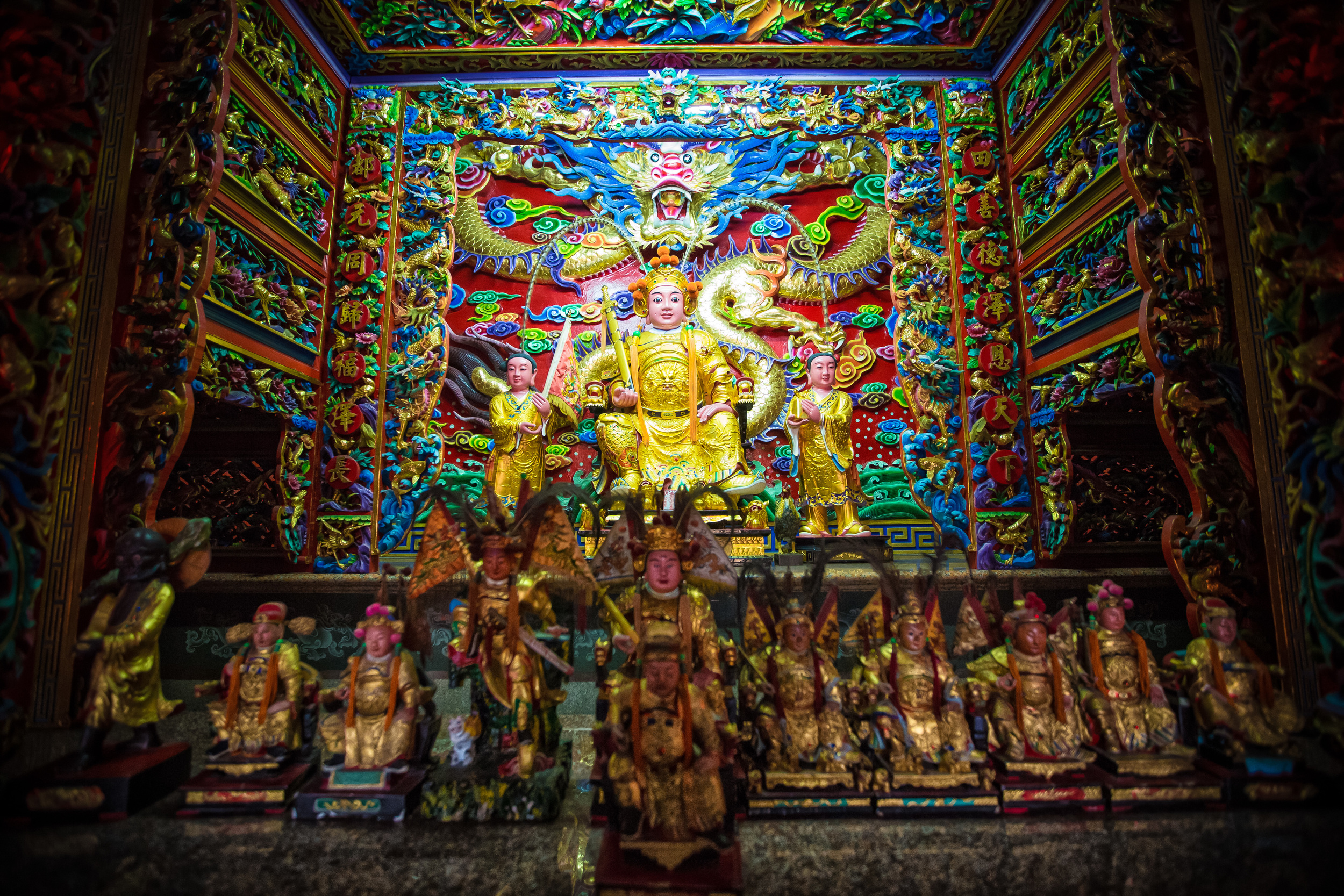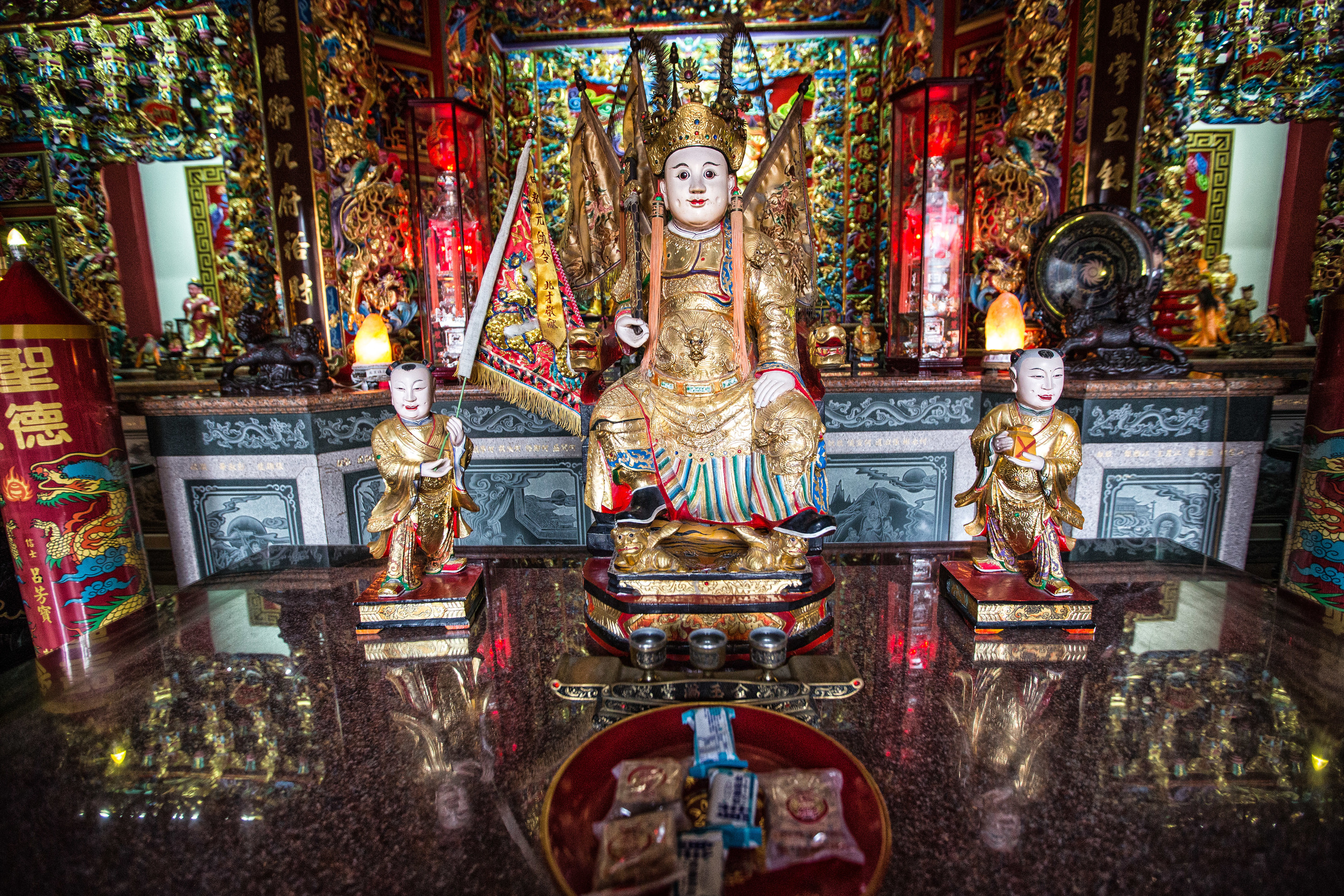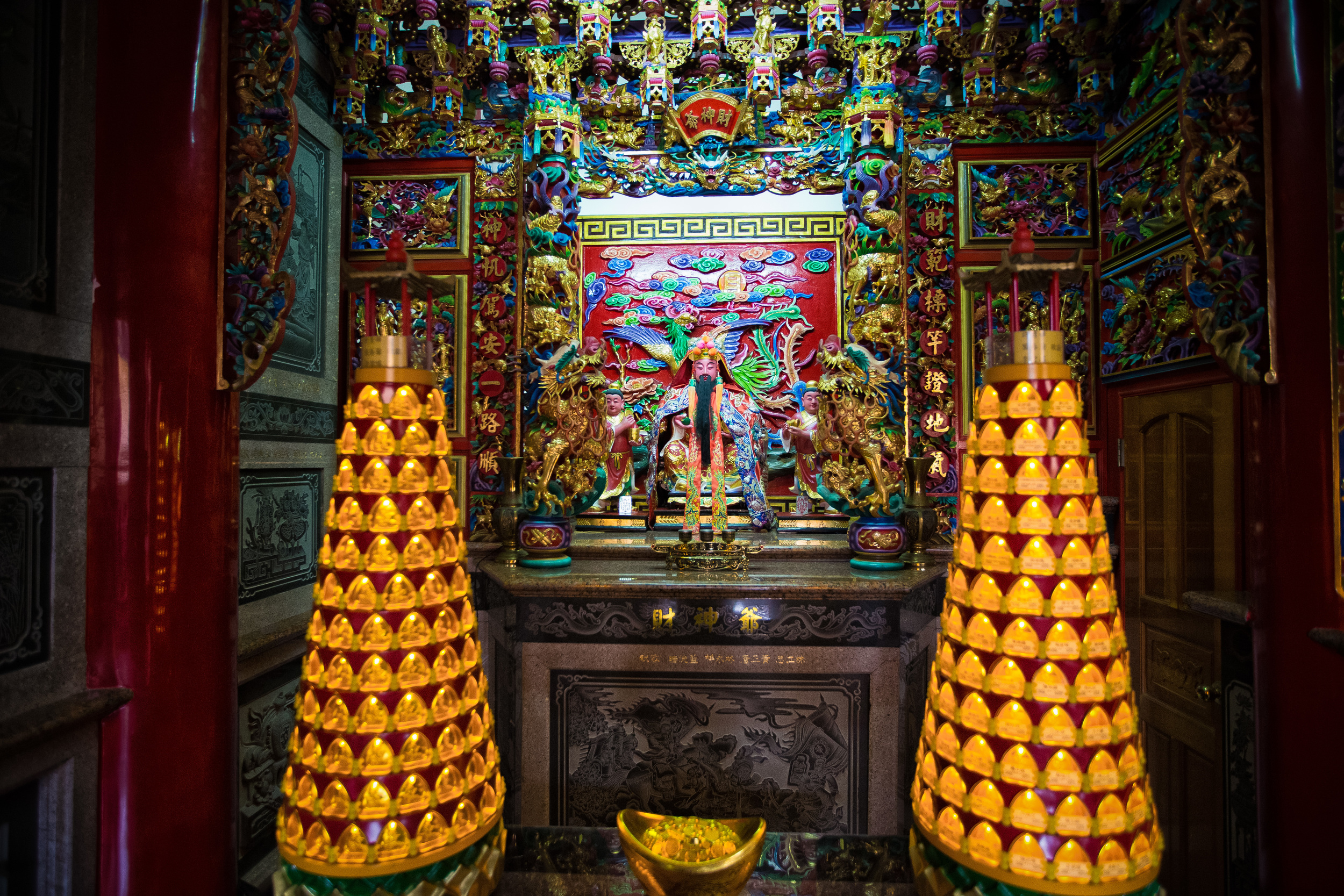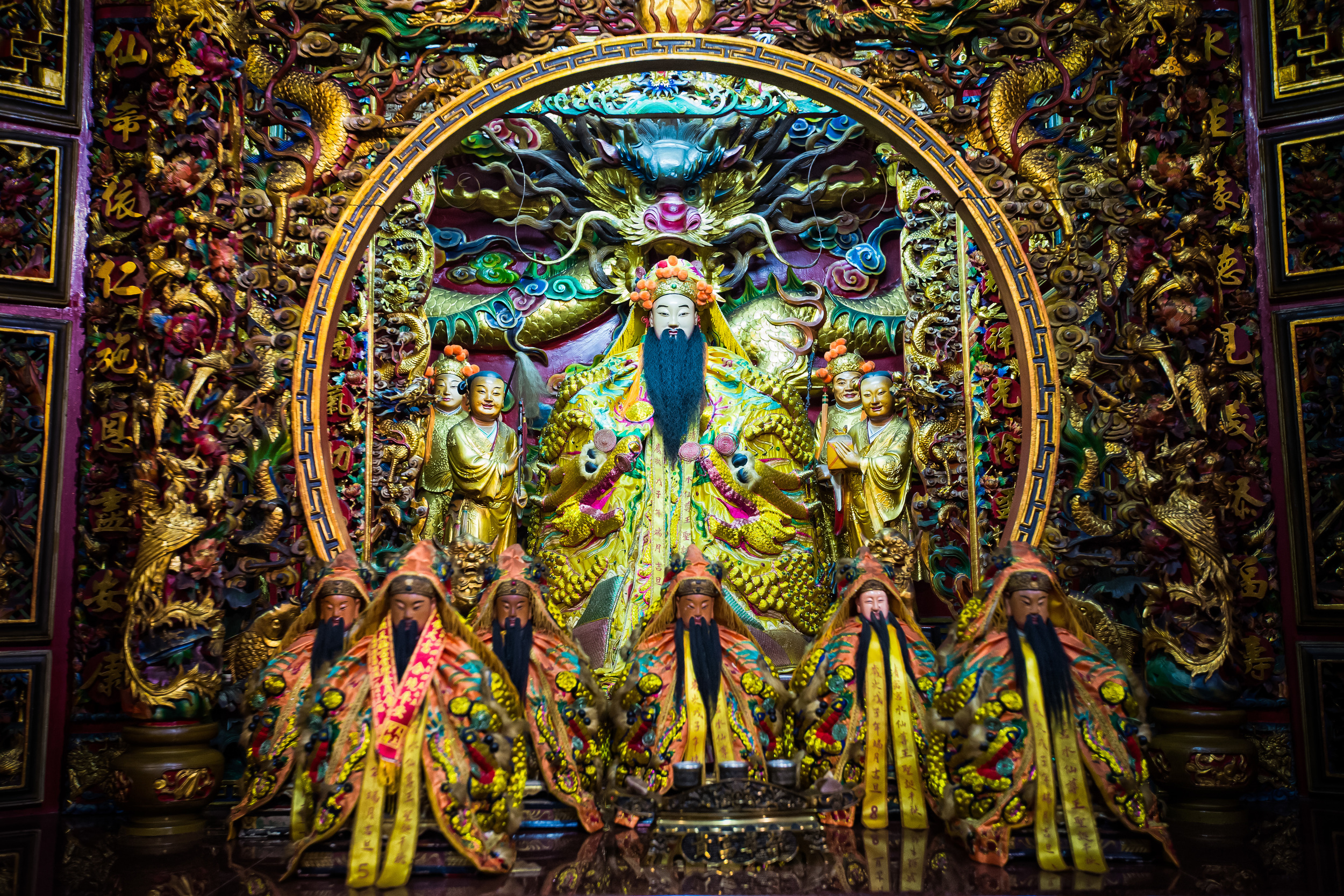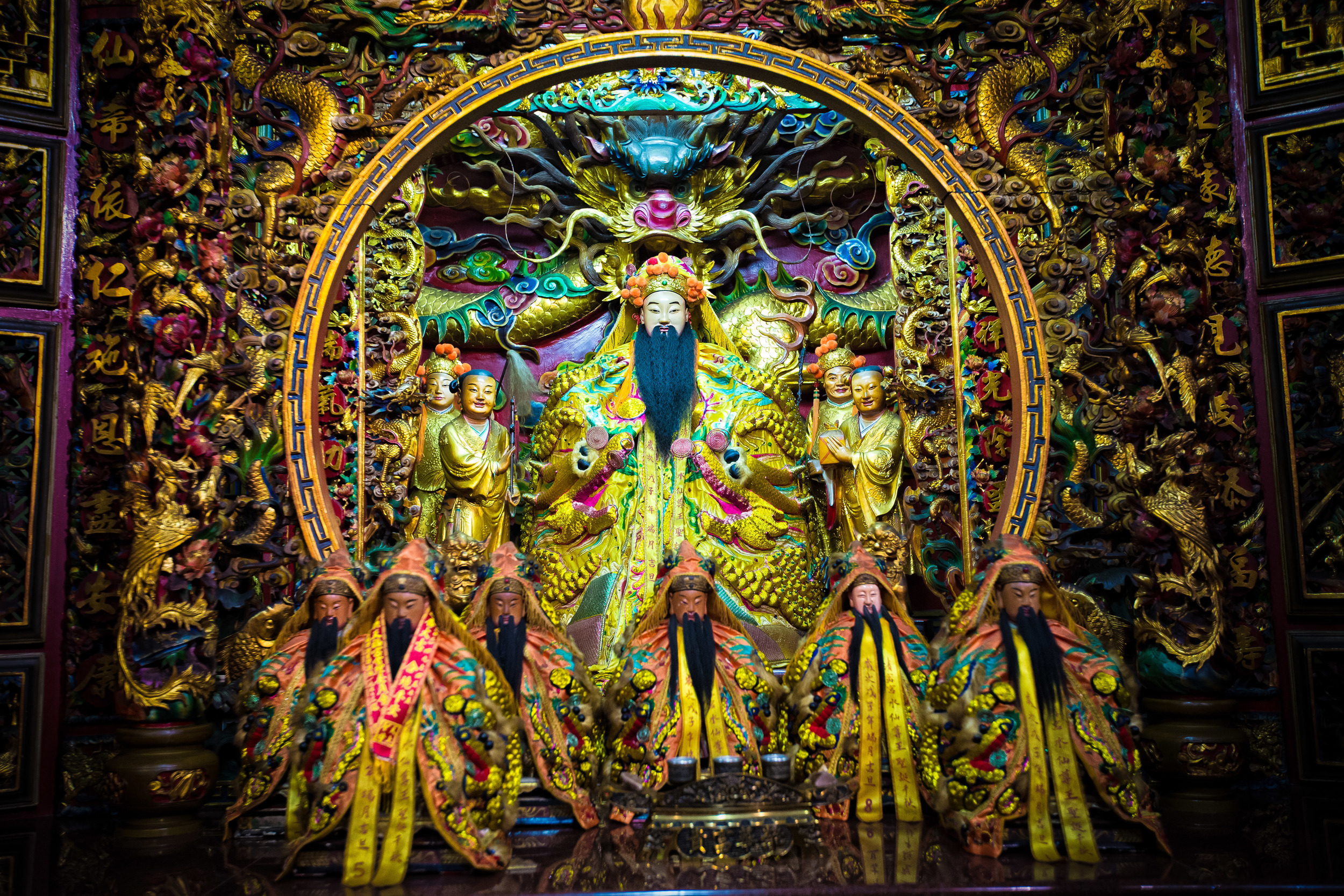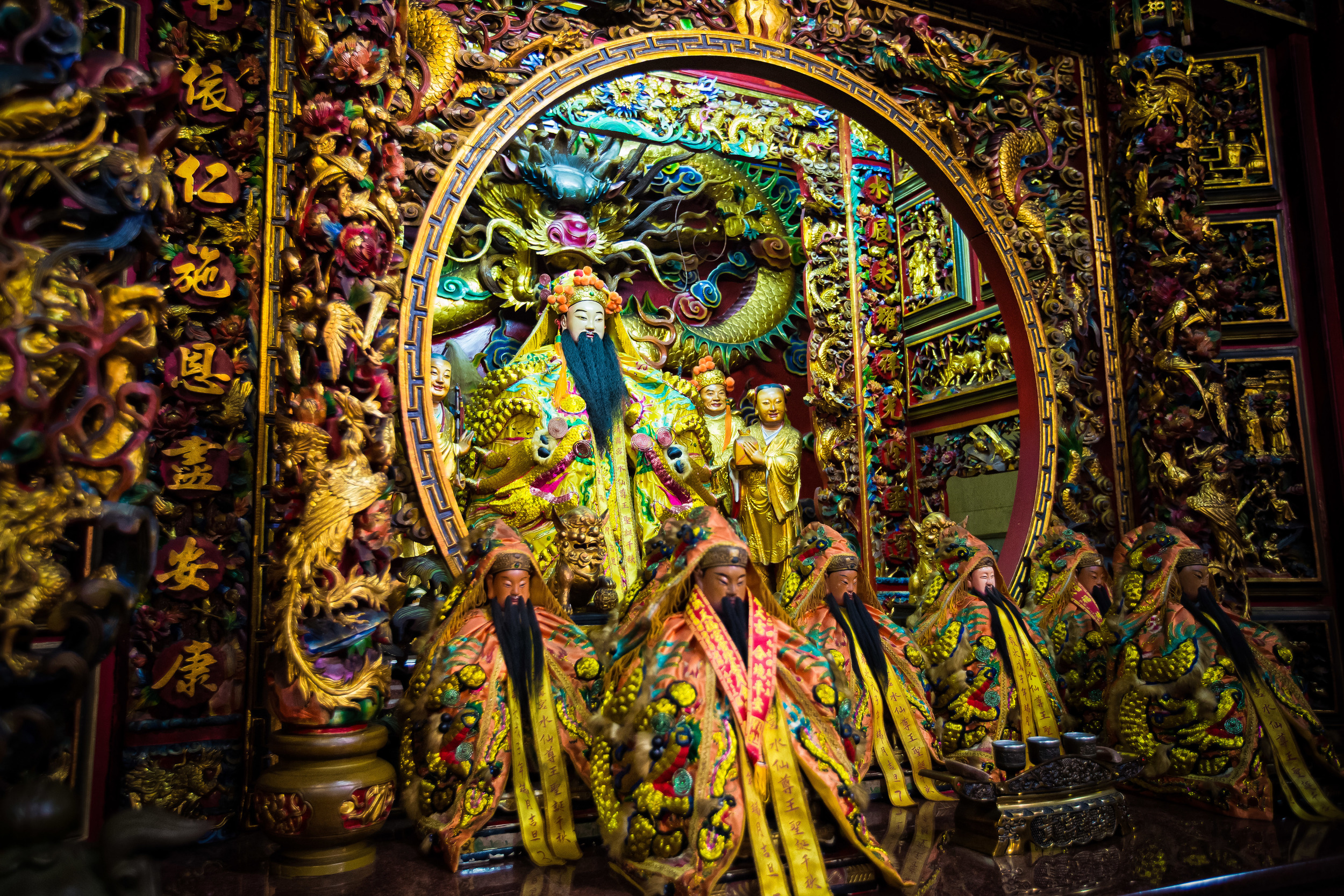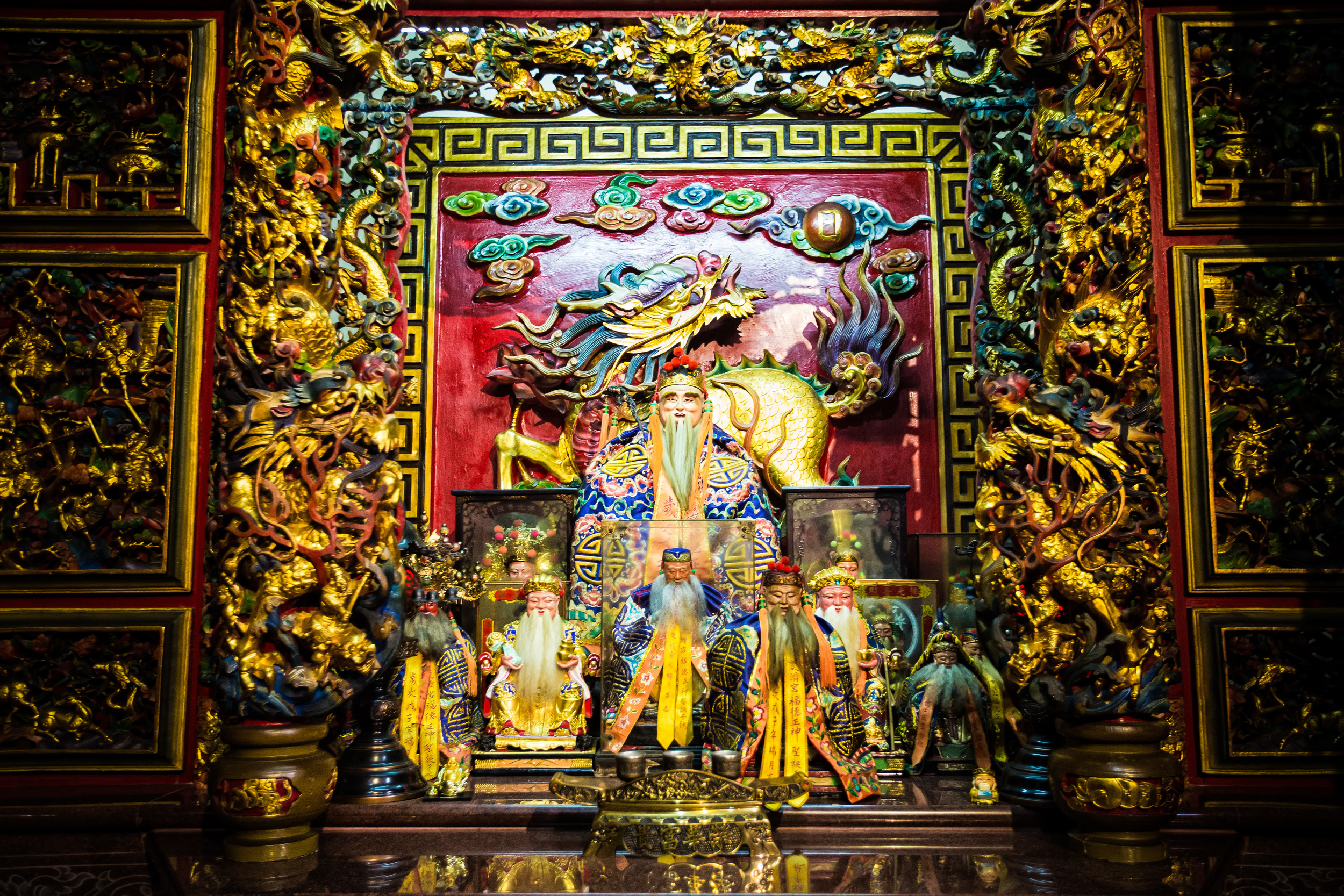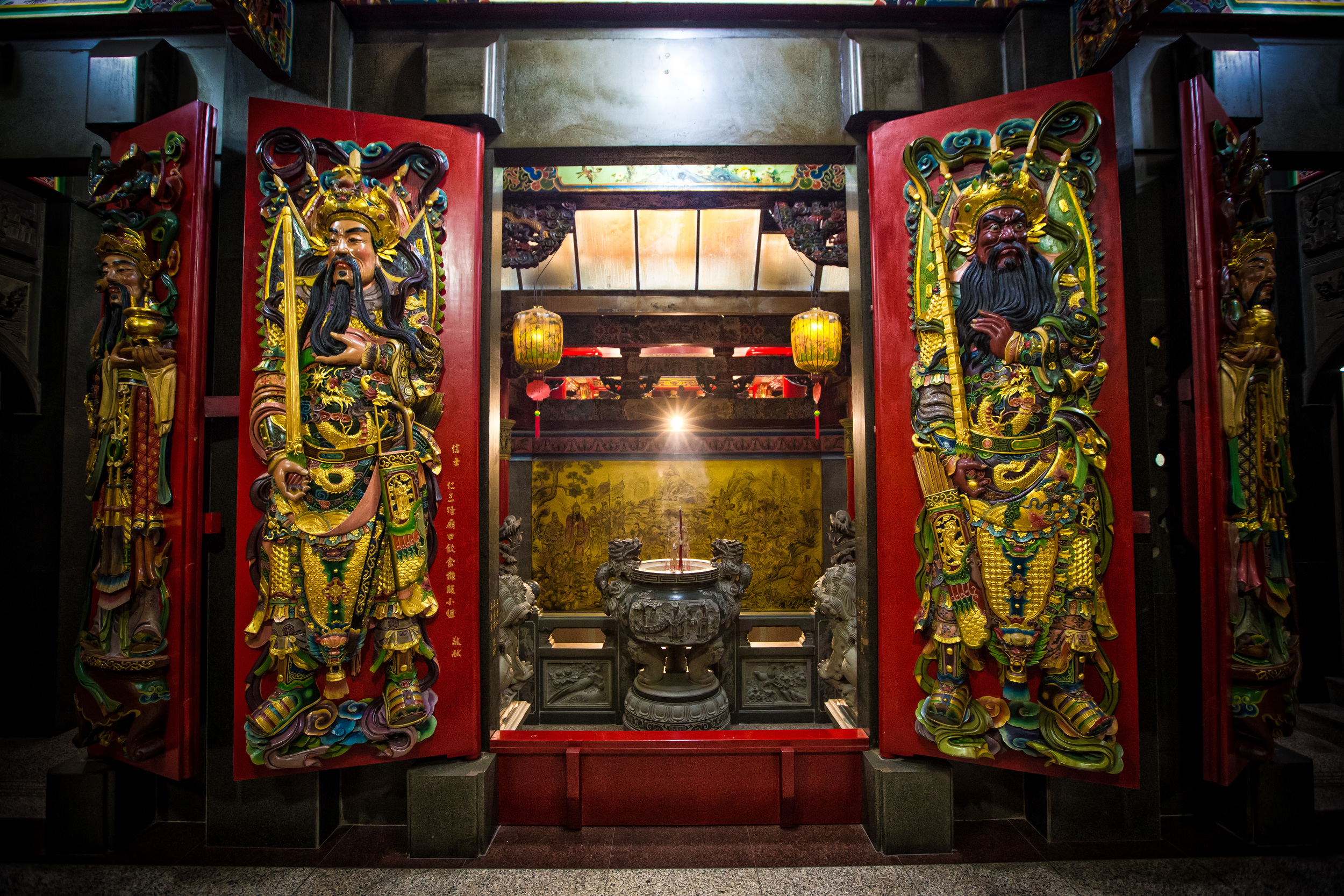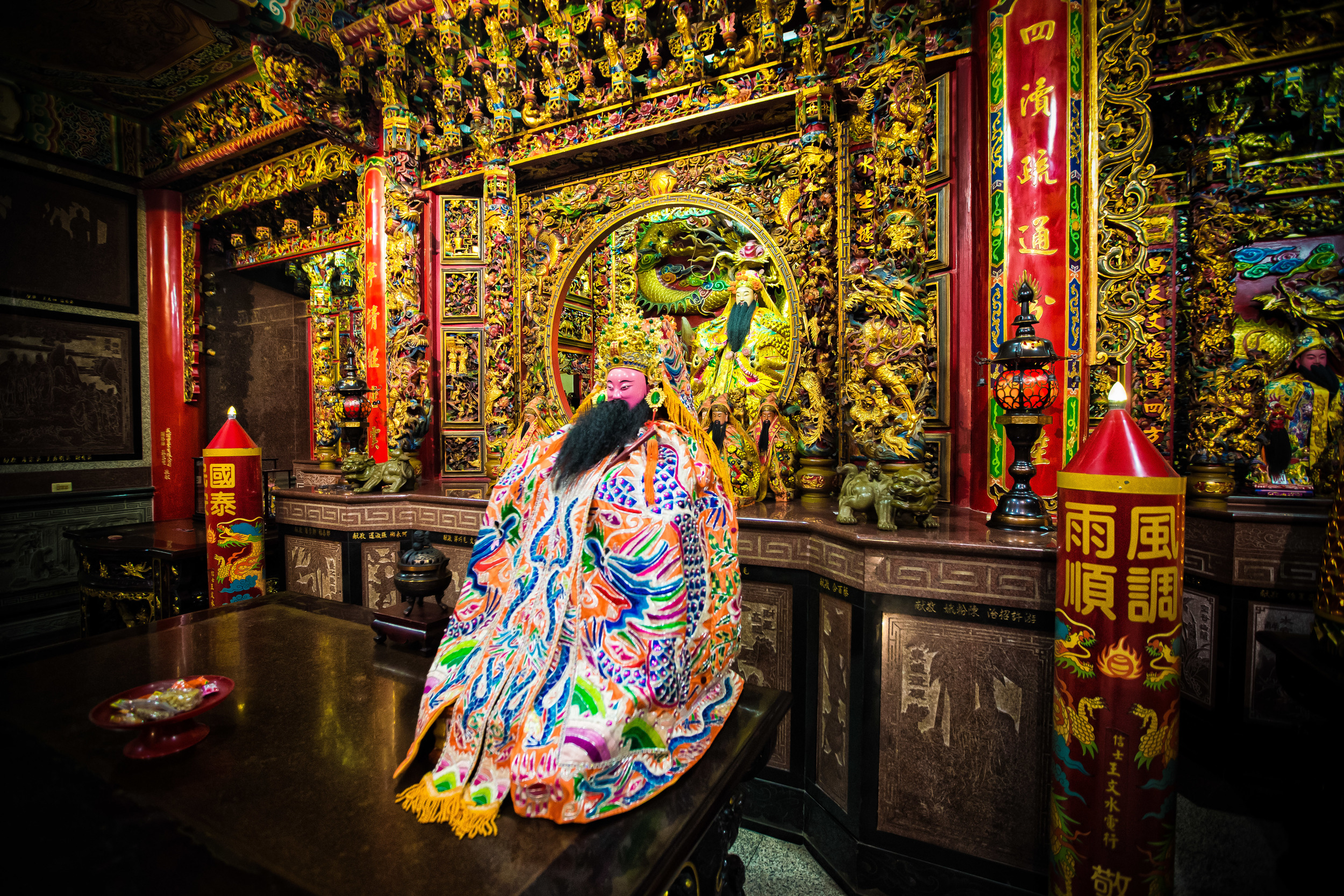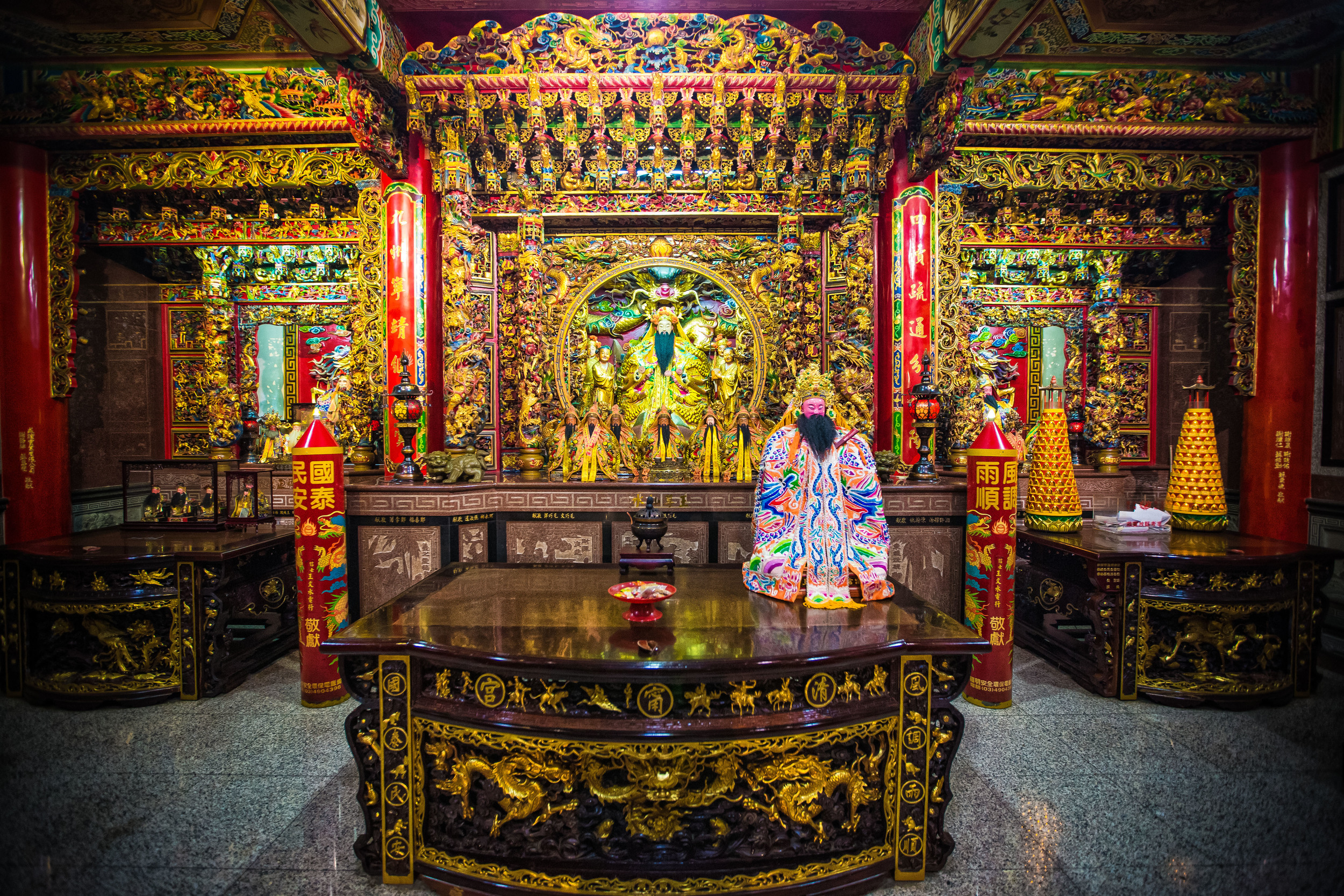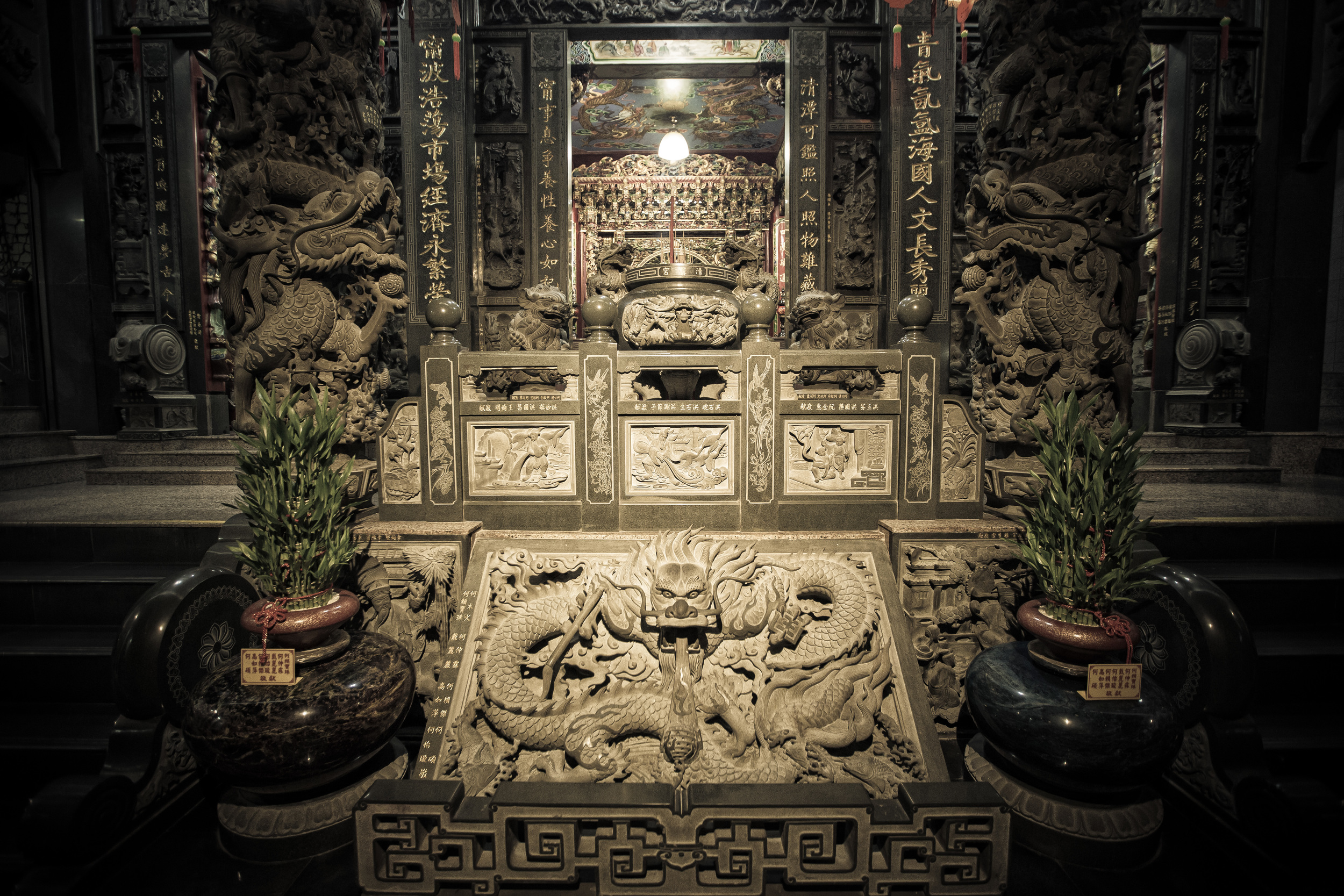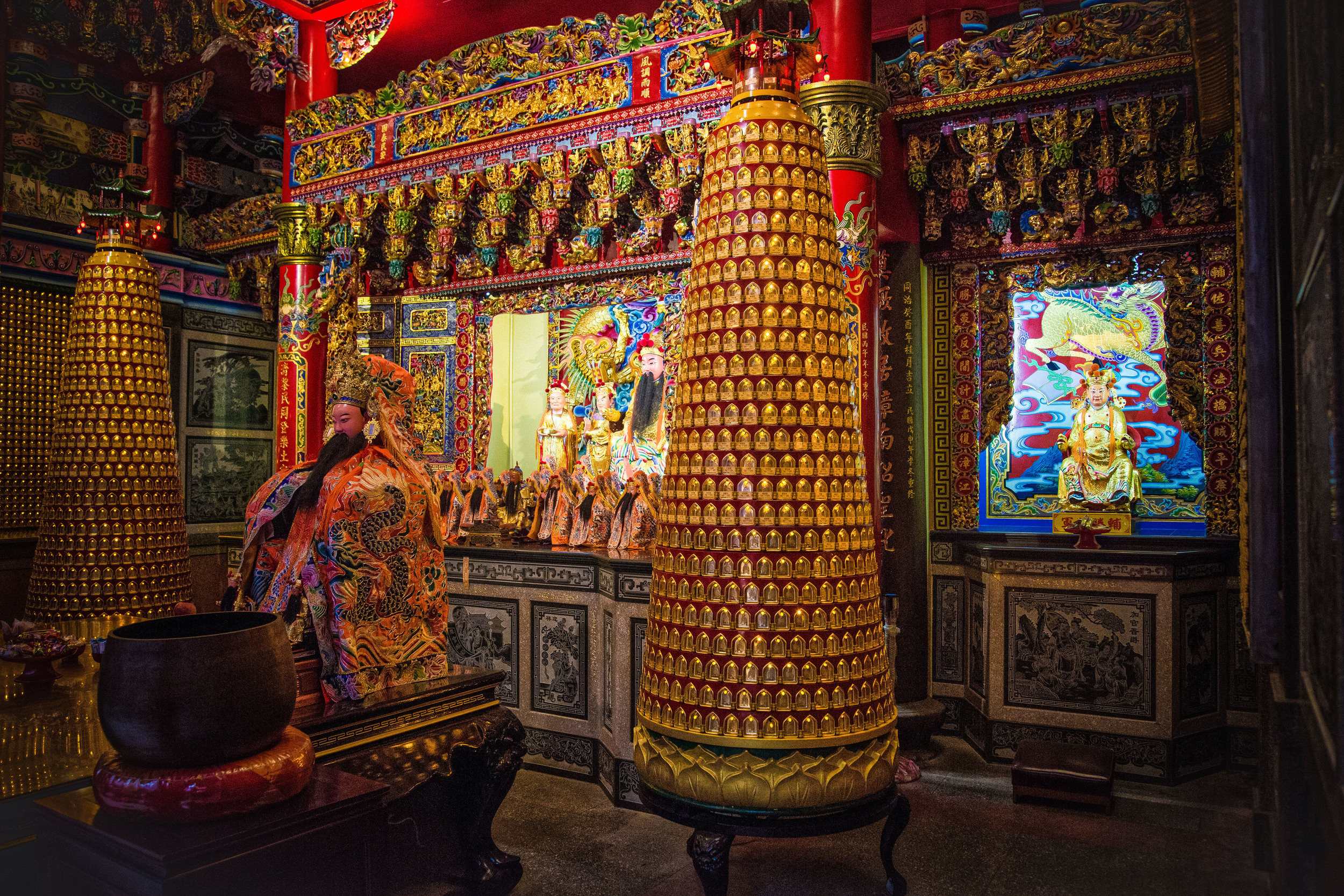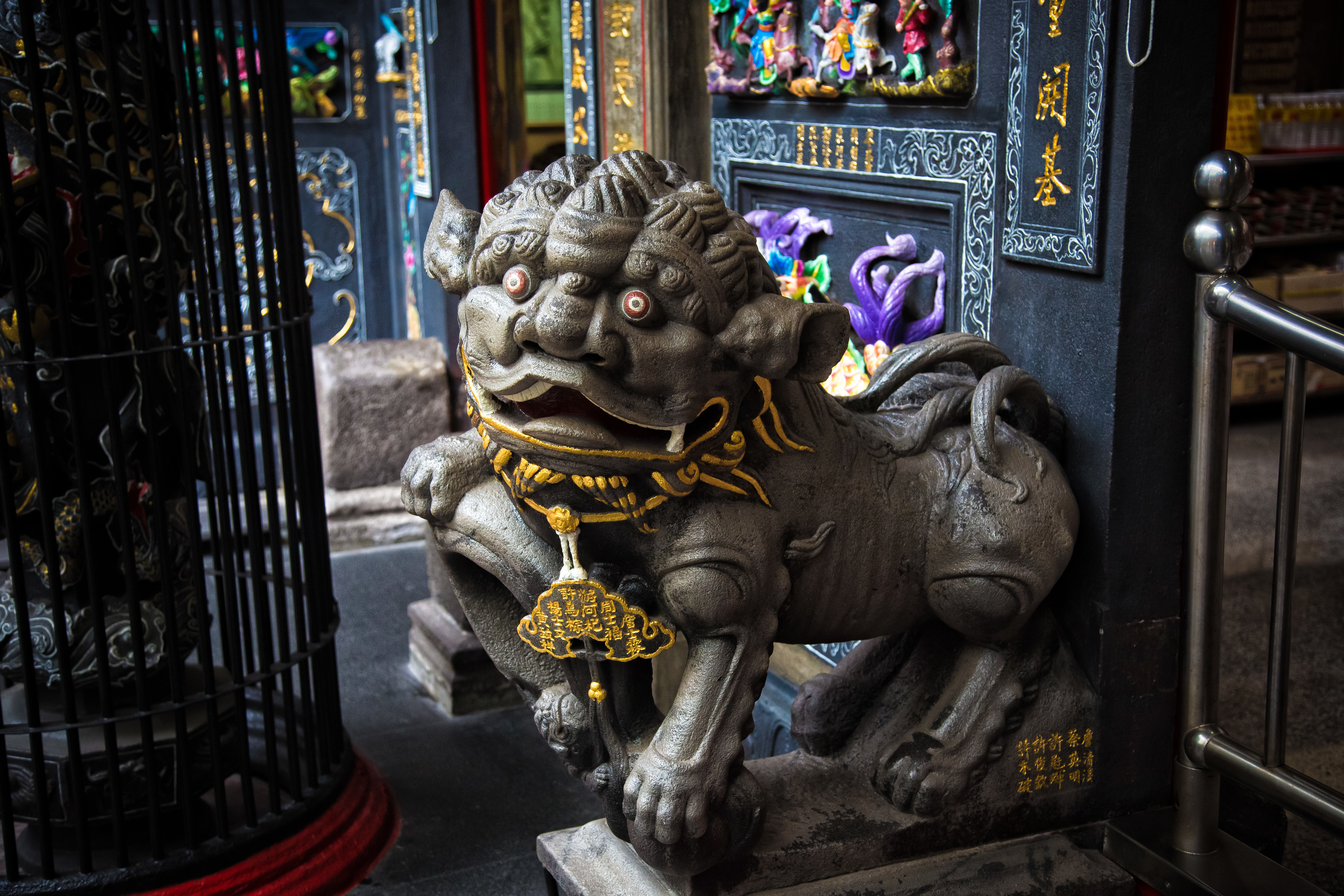The Keelung Miaokou Tourist Night Market (基隆廟口夜市) is often introduced by Travel guides as a MUST visit on any travellers as the night market is well-known for its diversity of Taiwanese delicacies and being so close to the sea - it's fresh selection of seafood dishes. The night market is jam-packed with Taiwanese and foreigners walking shoulder-to-shoulder every night of the week and it truly is a purely Taiwanese experience that shouldn't be missed while visiting the country. In my first post of shots from the night market I focused on seafood dishes which the night market is the most famous for. Today's post however is all about MEAT, so if you're a vegan, avert your eyes.
1. Taiwanese Pork Knuckle (豬腳)
The first shot is of a vendor that sells Taiwanese style pork knuckle. I'm a big fan of this stall and I've sat down quite a few times for some of his pork knuckle rice (豬腳飯). This vendor is extremely busy and there is often a line which doesn't surprise me at all given how tasty his dishes are. You can buy rice dishes or the popular pork knuckle vermicelli (豬腳麵線) which is a favourite among Taiwanese guests. Taiwanese pork knuckle is a lot different than what you'd expect from its German counterpart as it is braised long enough that the meat is extremely tender and full of flavour. If you're in the night market and you see an empty seat at this stall, don't hesitate to grab that seat and feast on some of the excellent dishes he has available!
2. Taiwanese Bite-Sized Sausage (一口吃香腸)
A few years ago one of the MUST eats all over Taiwan was these bite-sized sausages. It seemed like every night market in Taiwan had some "Miaokou Bite-Sized Sausages" (廟口一口吃香腸). The craze over these sausages has settled down a lot since then but the original stall still remains and it is one of the most popular stalls in the market. The mini-sausages are prepared en masse and you order however many you want and they serve it to you in a paper bag filled with fresh cloves of garlic. If you've ever had Taiwanese sausage and garlic cloves together you'd probably agree with me that they were basically made for each other. Whenever I visit Miaokou I always buy a small bag full of these goodies and walk away happy. They're juicy and full of flavour!
3. Spare-Rib Soup (燒排骨羹)
My mom makes a mean pot of sweet and sour spare ribs - a dish that whenever I think about it, I automatically feel like buying a ticket home. Not many things make me miss home as much as my mum’s home cooking. When it comes to spareribs though, Taiwan covers that craving quite well yet in a completely different way and one of my favourite noodle dishes here is steamed sparerib noodles (排骨酥麵).The spare-ribs used in this dish are steamed in what look like little round dim-sum containers. The texture and taste is completely different from what we get at home and the meat just falls off of the bone. The spareribs are placed on top of a tasty bowl of noodles with a clear broth and the soup basically absorbs the flavour of the ribs making it a really tasty dish - especially in the winter!
4. Night Market Sashimi (生魚飯)
Sushi is probably my favourite food. People often ask me: "If you love sushi so much, why didn't you move to Japan?" to which I reply: "Because the best sushi is in Taiwan" and that is something that I stand by. Taiwan does Japanese food extremely well and sushi is just one of those things that the Taiwanese have assimilated into their culinary specialities since the Japanese colonial era. The great thing about sushi in Taiwan is that the seafood is always fresh, the quality is much similar to what you'd get in Japan and its a fraction of the price. I'm not particularly a fan of eating sushi in the night market, but this is Keelung and the city is known for its sushi, so why not? The sashimi at this little bar is inexpensive, prepared beautifully and is really fresh. I learned not to discriminate night market sashimi from these guys and if you have an appetite for sashimi while browsing the night market you might want to stop here and give it a try!
5. Chicken Rolls
Its not common that I say that I don't like something in Taiwan, but I have to say that I'm not a big fan of these chicken rolls. They are long, soggy-looking and come off as extremely unhealthy as they are full of oil. A "chicken roll" (雞卷) is basically chicken meat wrapped in chicken skin (雞皮) or tofu skin (豆皮) with vegetables like asparagus, leeks or carrots inside. They look tasty when they're cooked and cut up, but when you see them sitting there they don't look as appetizing. A year or two ago these things were extremely popular and people were waiting in lines to get them all over the country. The fad it seems has died off but you can still find them in night markets all over the country. What do you think? Have you had one of these? Did you enjoy it? Let me know!
6. Honey Glazed BBQ (蜜汁烤肉)
These types of stalls are quite easy to find all over Taiwan. I'm not sure if they're Taiwanese in origin or not (if anyone knows, let me know) but basically they are a form of BBQ with all of the various meats, tofus and tempura being put on a revolving hook while it is roasted. All of the food is brushed with a kind of honey and as it cooks it becomes a bit sweet. When you want to order something from one of these stalls you just grab a bowl, pick up a pair of tongs and put what you want in the bowl and the boss will prepared it all for you and add some spice if you like. These stalls are pretty good for getting a large variety of foods all mixed in together and is quite cheap (yet not very healthy) if you are making it for your dinner.
That's it for today. I'll be back later this week with the final post from the Miaokou Night Market - If you like what you've seen so far make sure to check out some of the other night markets I've covered below!















